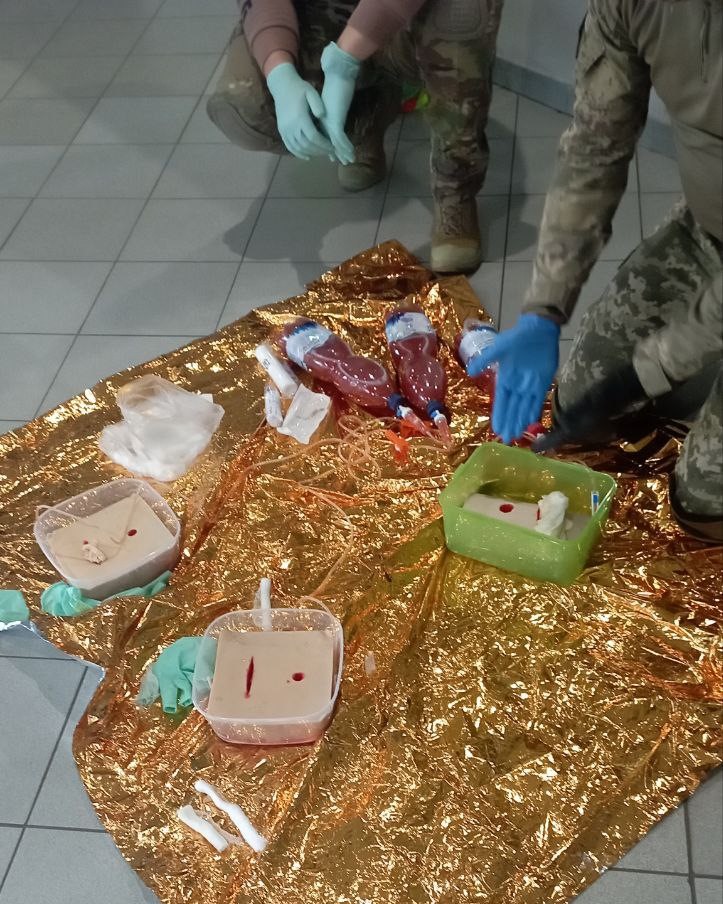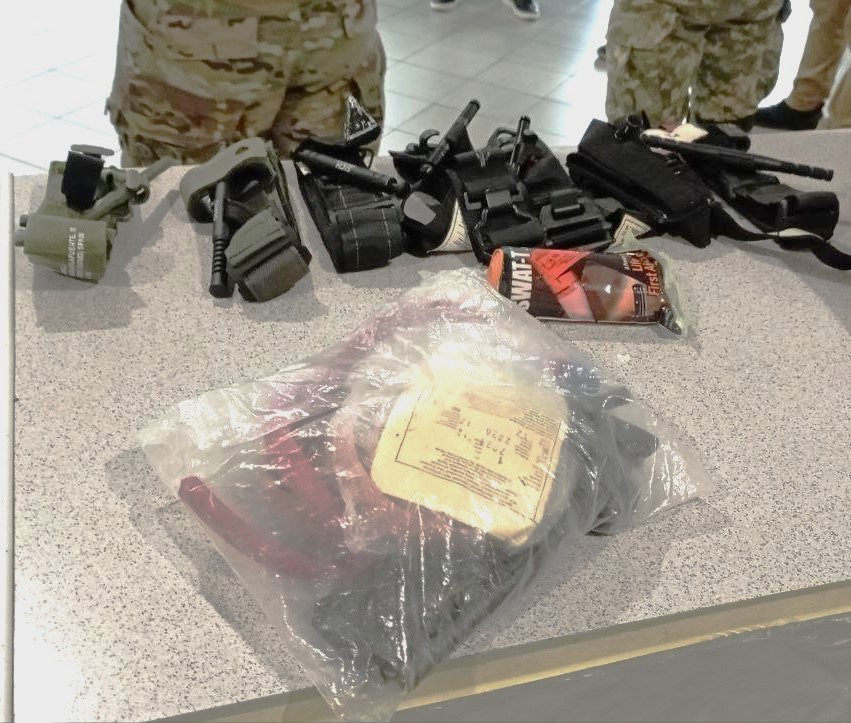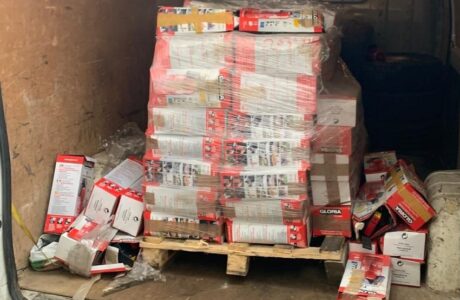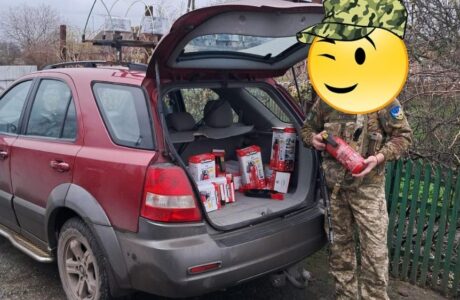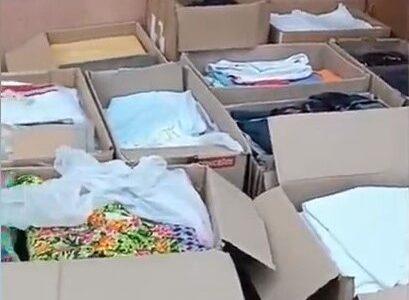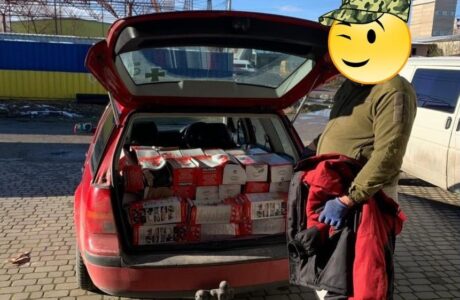On October 28, the charitable organization “Help for Ukraine” with the support of the NUJU, certified specialists conducted a specialized training for journalists and volunteers of the foundation on first aid in case of injuries and traumas both in the rear and in combat conditions. The NUJU was represented by Ilya Suzdalev, head of the Kyiv Center for Journalistic Solidarity.
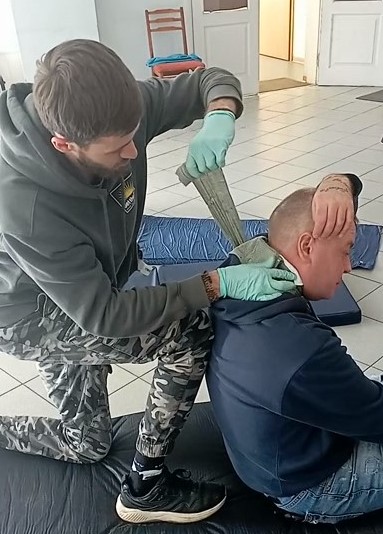
Theory and practice alternated: after listening to a detailed briefing, the participants immediately consolidated the knowledge they had gained. Not only on themselves, but also on their colleagues, under the supervision of the instructor. We practiced personal safety, assistance with injuries, critical bleeding, evacuation of the wounded, and behavior under fire. We familiarized ourselves with the contents of an individual medical kit. They learned how to distinguish areas of care and their algorithms, restore airway patency, what to do (and how to do it right!) in case of eye injuries, how to prevent hypothermia, whether it is advisable to use an Esmarch tourniquet and why it is a categorical “no”.
Also, how to use a CAT tourniquet, an improvised twist tourniquet (headscarf), an Israeli bandage, how to make it from improvised means and apply it correctly and quickly to yourself, and record the time of application. How to recognize that bleeding is critical and what methods of stopping it are available, what tamponade is and how to perform it correctly, algorithms for dealing with eye and abdominal injuries. And even how to use a turnstile for divers.
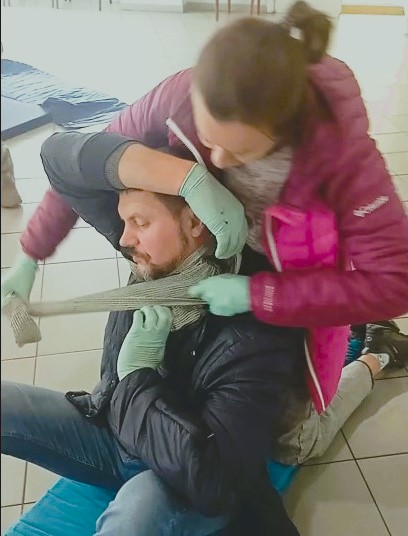
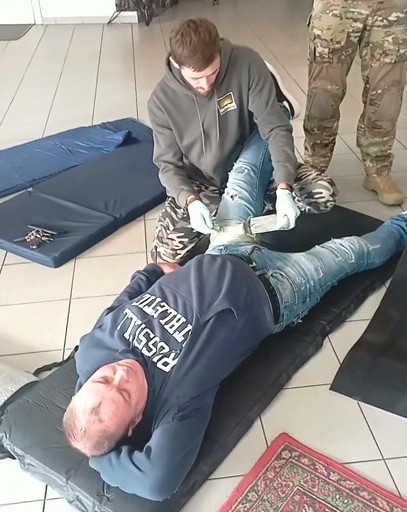
The most important thing is to examine the wounded – whether they have critical bleeding. How to distinguish how much the wounded person is bleeding if there is almost no blood on his or her clothes? What should be done in such a situation? And what should be always at hand in a first aid kit, and is its contents really safe for a person without special medical skills and knowledge? After all, in this case, it’s not even a matter of minutes – it’s seconds. It is the speed and accuracy of your actions that determine whether you can save another person’s life.
For instance, a large wound needs to be properly tamponaded, applying constant pressure to it. And at the same time, remember that a wounded person in shock can be unpredictable and this must be taken into account. The most dangerous is massive blood loss: 20-40 seconds – and loss of consciousness. 1-3 minutes – and the person is dead. It should take no more than 10 seconds to determine vital signs.
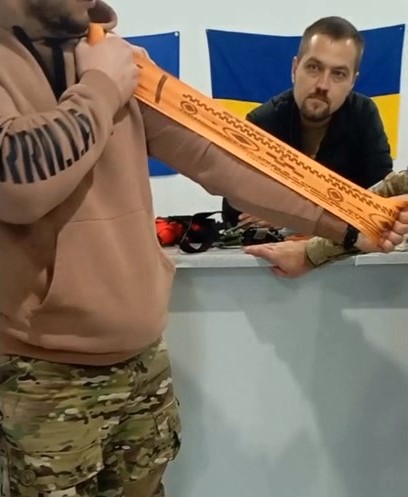

Everything is done according to the NATO MARCH protocol, which is a guide for medical personnel and the military in the war zone. It contains the main sequential points of care, including: stopping life-threatening bleeding; ensuring airway patency; closing all open chest wounds; complete examination of the wounded, stopping bleeding, diagnosing shock; detecting head injuries and preventing hypothermia.
Training participants note that this experience is useful not only in wartime but also in peacetime. After all, in everyday life, there are also situations where it is necessary to provide first aid, when every second is crucial.


“We live in an environment where it is very important that each of us, regardless of age or profession, knows and is able to effectively provide first aid,” says Andriy Rakov, a volunteer with the Help for Ukraine charity foundation. – “Every minute counts when it comes to saving lives.
“The instructors explained even the most complicated things on their fingers. Everything is clear and visual, and with a great sense of humor,” commented Olena Vanina, a correspondent for the Kherson office of TSN 1+1. – “This knowledge is important in practice. For example, we practiced tourniquet application on ourselves and on each other. It was interesting to simulate the moment of suddenness, when we sat with the tourniquets for a while and suddenly the instructor gave the command to apply it. Everything was for the purpose of automatic skill development. I also remember when we picked up the tourniquet and spun around while looking at it – we were a little disoriented and started to feel dizzy. And then we would lie down on the mats and apply it to ourselves. This prepares us for the fact that you have to be able to do this in the most unexpected conditions.”

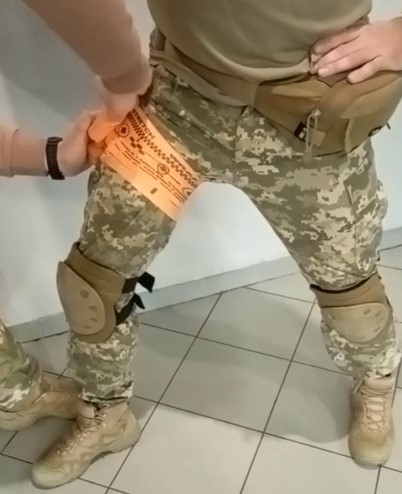
“We learned how to stop critical bleeding, how to help a person who is not breathing, who is unconscious. And – I hope it will never come in handy – how to properly evacuate people in dangerous conditions,” adds journalist Andriy Domanovsky, Army.info. – “The realization that everything is real, you can really save a person’s life and it will take you a little time. In addition, we were shown how to act when there is a first aid kit and when there is not, using our knowledge and available materials. The exercises were clear and visual. The instructors and volunteers were humorous. Thank you for the opportunity to participate in this training.”
“We analyzed the situations that most often occur during combat operations and in everyday life in case of emergencies,” adds Olena Vanina. – “We learned how to apply tourniquets promptly – we were given the initial data on where the limb was injured, and we had to apply the tourniquet correctly in 20 seconds. These are extremely important skills, because in real-life situations, those who didn’t make it didn’t survive. We analyzed how to evacuate the wounded from the battlefield, how to help people with pneumothorax, whose heart stopped and whose lungs were affected. I would like to thank the instructors: they shared information and skills in a concise and straightforward manner, which are hard to overestimate, because their price is human life. It would be great if such trainings were held more often.”
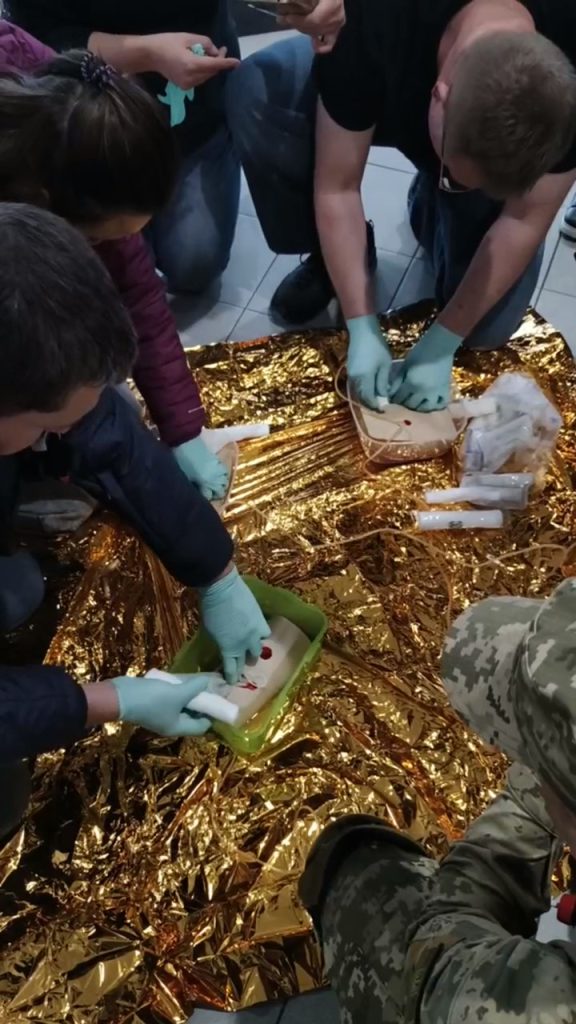
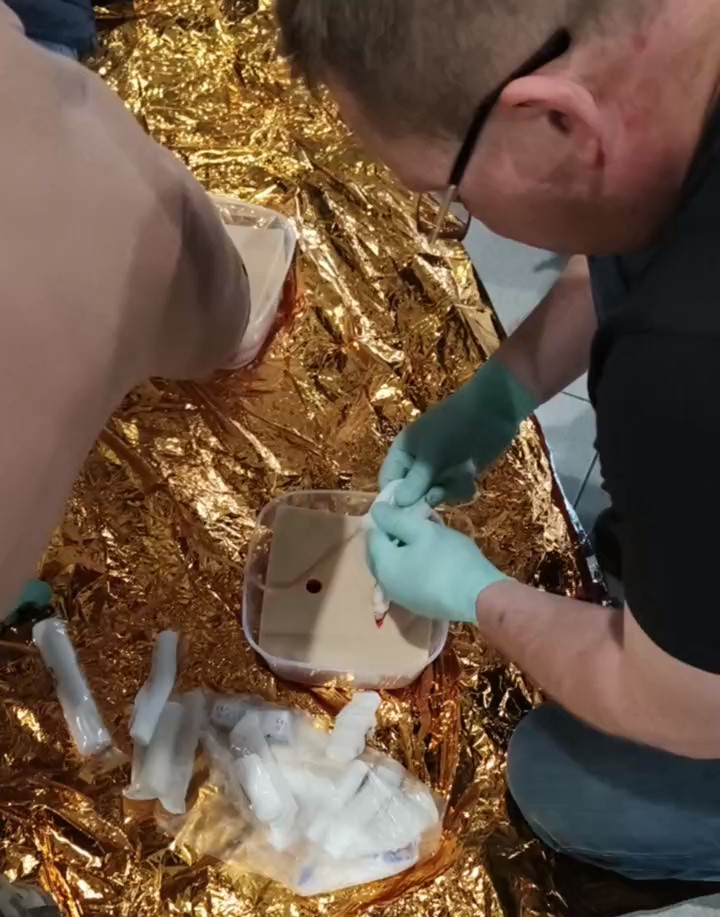
After successfully completing the training, each of the journalists received two high-quality turnstiles: one for personal use and one for training. As a memento of the event, they also received key chains made of frontline shell casings with the Foundation’s emblem. Everyone else will also receive certificates. The journalists were also able to learn about the Foundation’s activities and achievements. The final recommendation is to regularly “refresh” your knowledge and always have a first aid kit ready
“The mistake of most people is when they think that this will never happen to them, and if it does, they will be ready for it,” summarizes volunteer Kostyantyn Marchenko. – “And even if a person has taken such training once, the knowledge needs to be updated periodically and always try to be prepared for unpredictable developments.
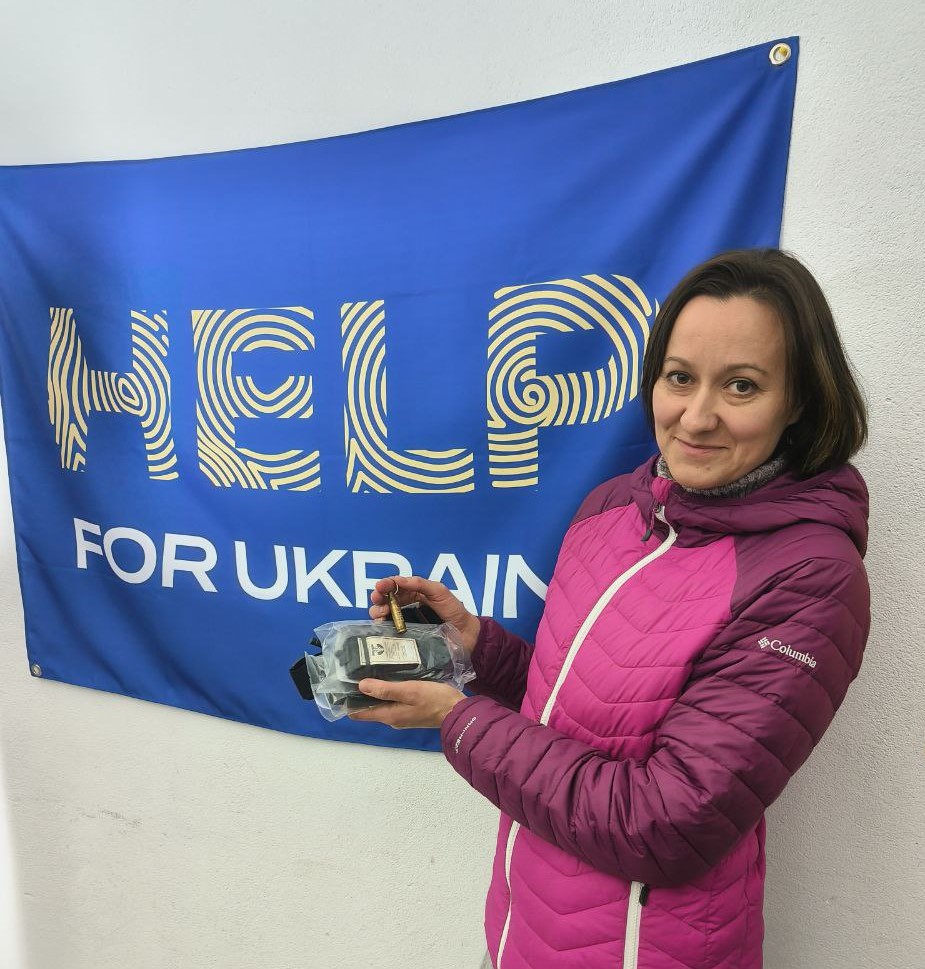
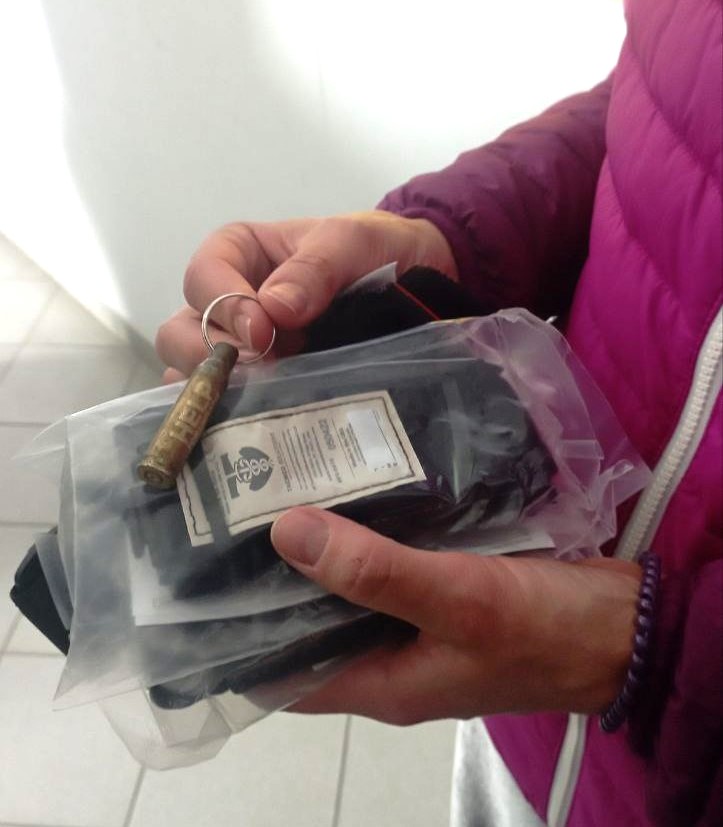
The war continues. Therefore, everyone, not only journalists and the military, needs to undergo relevant training and more than once. Our lives depend on it. Both ours and our loved ones’ lives depend on it. Especially when time is running out for minutes. Any of us can find ourselves at the site of a falling debris or even an explosion. That is why it is crucial not only to know, but also to be able to put into practice the knowledge of first aid in case of injuries and traumas. And not only at the front, but also in the rear.
